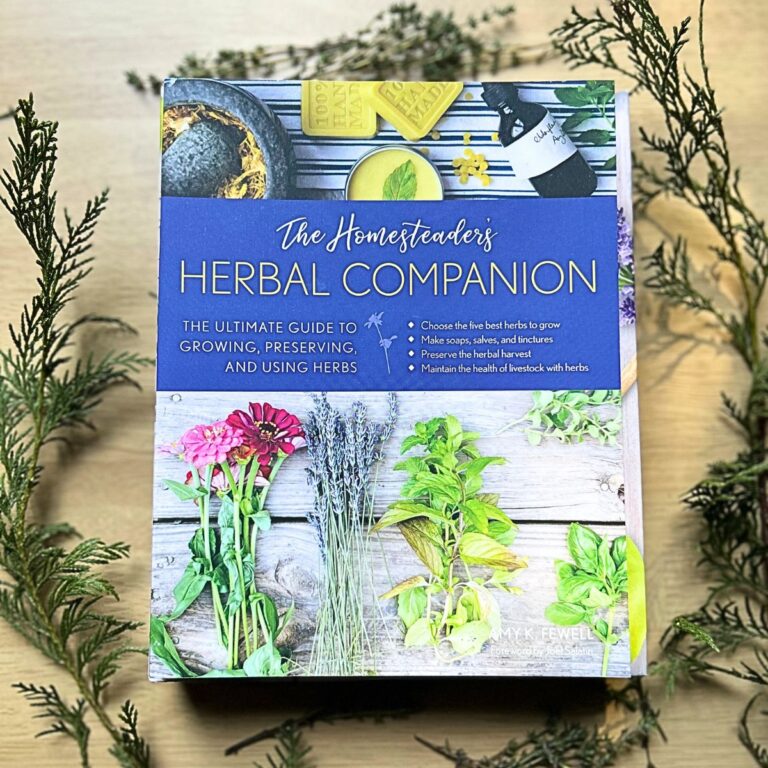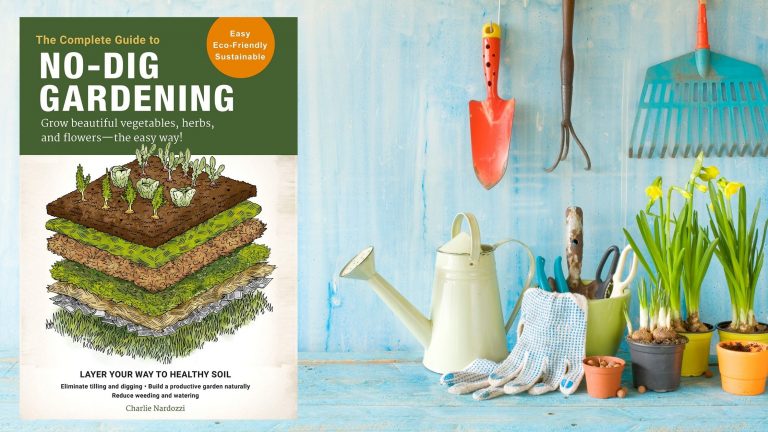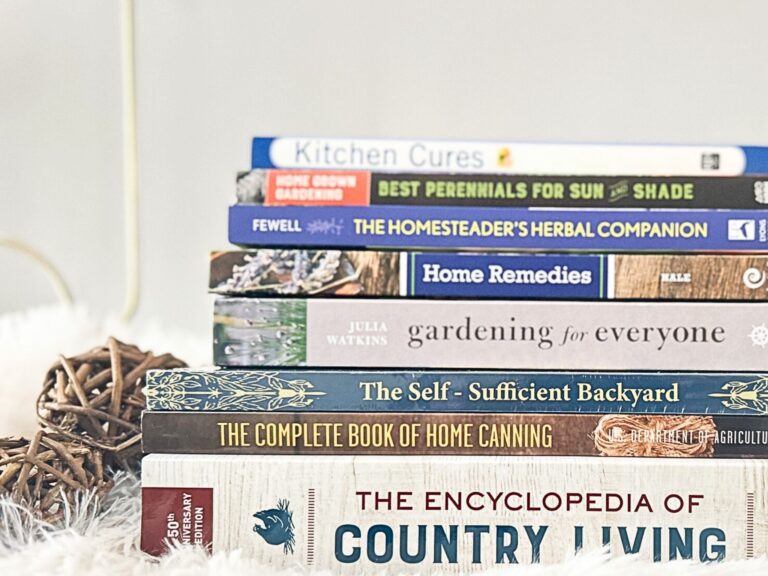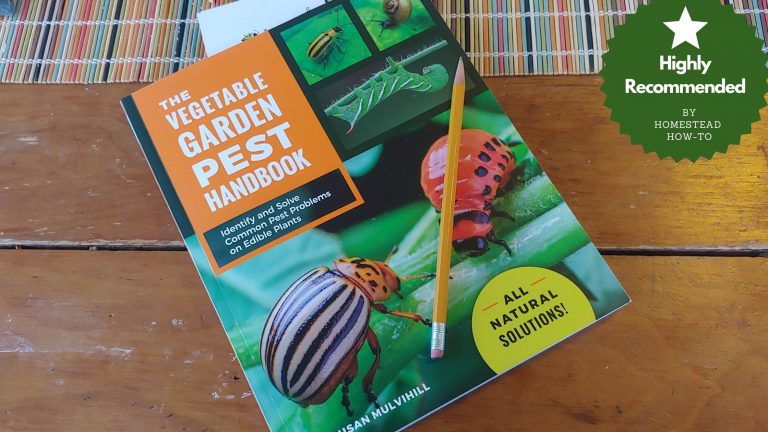This post may contain affiliate links.
Reducing waste is not a problem of the past. Just because we can now recycle, and more and more consumer goods are being produced with recyclable or even compostable packing doesn’t mean the problem has gone away. And if you find that trash and recycling are still piling up in your household, you might wonder what more you can do to reduce waste in your own household.
Reducing household waste isn’t just about helping the environment either. If you strive to live a more simple, self-reliant life, fewer trips to the dump or eliminating the cost of track pick up should be on your list of self-reliant goals.
Toward Zero Waste: How to live a Circular Life by Feildhlim Harty is a resource that can help and is worth reading to expand your horizons.
Harty’s book begins with factual information about waste, quickly dispelling the myths about recycling as a solution and reminding us that recycling should be a last resort. This is definitely information worth reading again and again if you find your recycling pile flooding out of the closet like we sometimes do. Not bringing those items into your household is a much better solution, and one that might be easier than you think.
You may think that you are aware of the many challenges associated with waste and the many potential solutions. But the truth is, there are solutions you haven’t thought of. Beyond reducing how much you consume, this books helps you find new and interesting ways to return, reroute, and reuse thousands of items.
Reducing Consumption of Wasteful Products
Not surprisingly, Harty’s book asks the reader to take a hard look at their consumption habits. He presents strategies for reducing waste by shopping more mindfully, then includes an extensive set of resources and examples that will keep you from bringing the waste into your house in the first place. Here are a few examples just to wet your appetite for this book:
- Buying unwrapped soap and shampoo bars instead of plastic containers;
- Using baking soda and vinegar to clean instead of a variety of plastic bottles of all sorts of cleaners;
- Emphasizing toys without batteries and with less plastic packaging;
- Buying (or making) wooden garden and outdoor furniture that can eventually be burned rather than plastic or metal pieces.
Room by room, category by category, Harty takes examples of the ways we bring waste into our lives without thinking about it and presents alternatives.
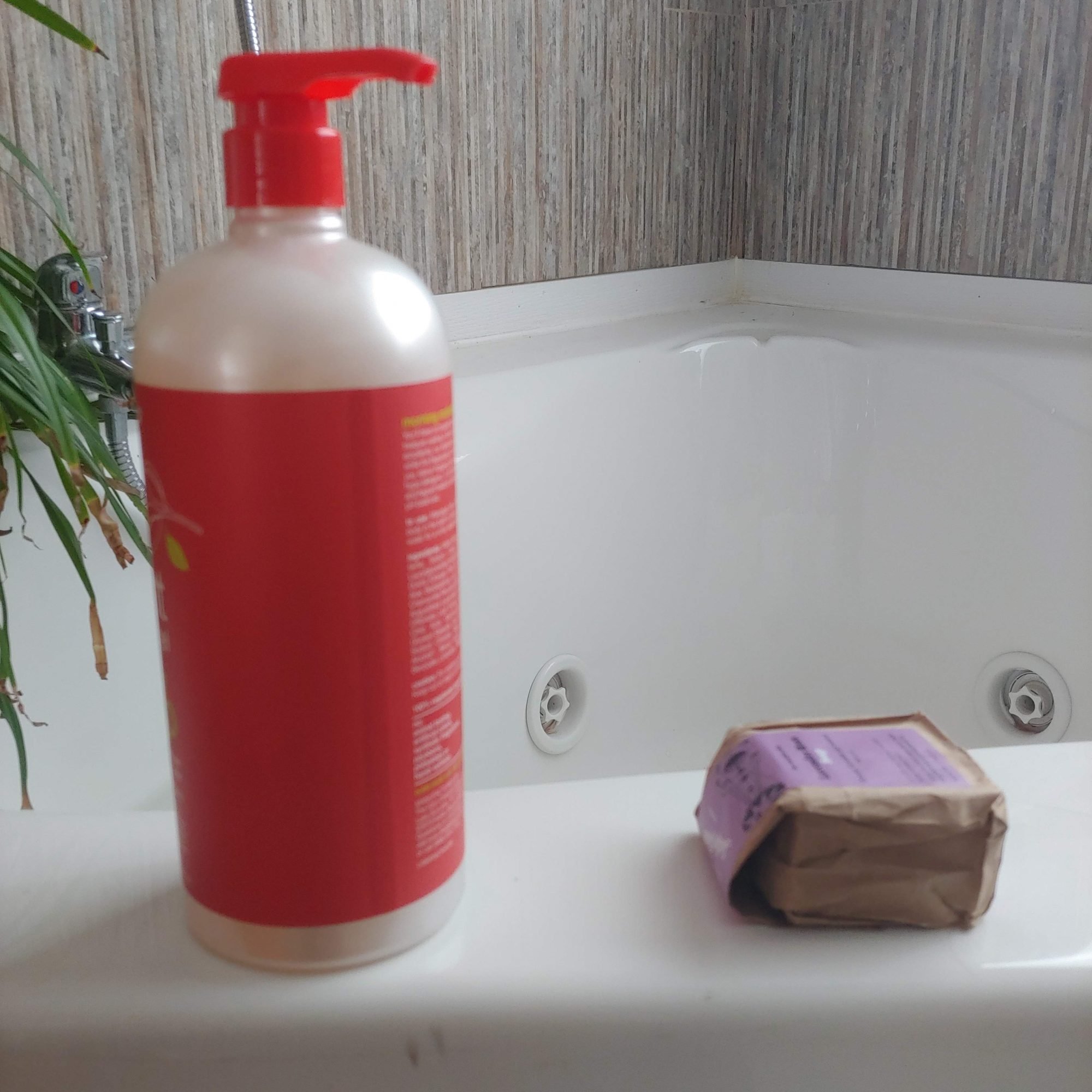
Emphasizing Re-Use and Repurposing to Reduce Waste
We all know that “re-use” is one the three R’s in the recycling triangle, but Harty’s book will open your eyes to re-use possibilities you probably haven’t considered. I have long believed that buying secondhand items is an essential practice, even when gift-giving.
Harty also emphasizes bartering and trading before buying as a strategy for reducing waste, providing examples forf how you might do that. From trading toys with other families who are looking for something new, to trading magazines with friends before recycling, Harty offers ways to give all sorts of items a new life.
Buying higher quality items in the first place also comes into this equation. A high quality piece of clothing can be used by multiple people before it loses its life so why not reduce waste by making sure your used clothes get into new hands? Likewise, a high quality pair of leather boots can be brought back to life with good leather conditioner and will last for years and years.
[mailerlite_form form_id=2]Less Obvious ways of Reducing Waste
Your household waste is not limited to purchased goods that end up in the trash. There are other ways in which we waste resources on a daily basis and Harty tackles these topics too. From how we build our houses to how we celebrate holidays and how we travel, Harty compels us to keep waste reduction at the forefront.
For example, making your own Easter chocolate can cut back on packaging, and emphasizing recycled or responsible gifts at the holidays can cut back on giving new “things.”
Different Ways to Deal with Waste
Lastly, Hardy offers significant insight into how we deal with waste that is produced in our house. Did you know, for example, that there are about 5 different ways to compost? And that certain paper waste can be burned while other products should not?
Harty also offers insight into how we might take this conversation beyond our household into the broader society. What can we do as consumers and citizens to encourage broader policy and community commitment to waste reduction and dealing with the waste stream?
In short, we highly recommend Harty’s book Towards Zero Waste for those who want to reduce waste in their household, for whatever reason. Consider your “why” – the environment, lowering costs, simplifying life – and pick up this book to help you accomplish your goals.

Carrie Williams Howe is an educational leader by day and an aspiring homesteader by night and weekend. She lives on a small homestead in Vermont with her husband, two children, and a rambunctious border collie. She blogs about her family's homestead life at The Happy Hive.

